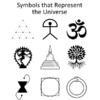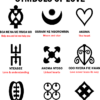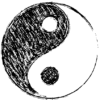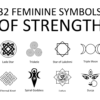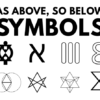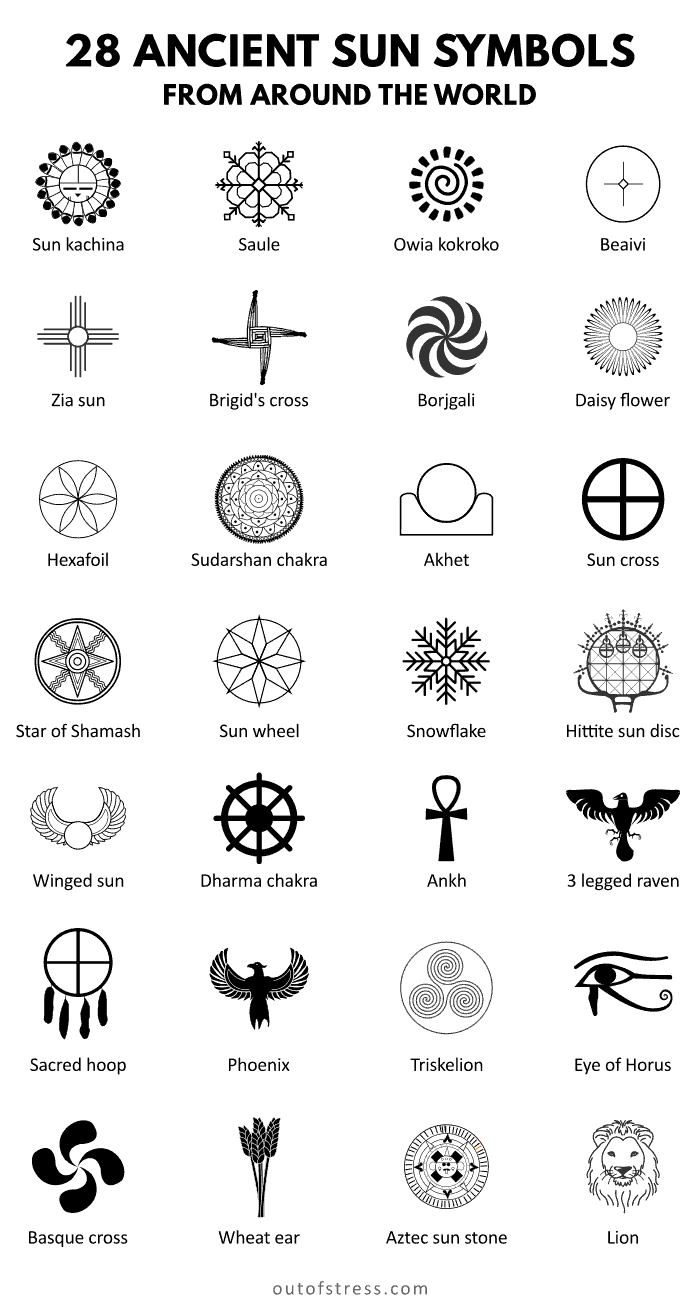
The sun has always been a powerful symbol. It is our most vital solar body, the only reason we can live and thrive on planet earth. Today, we understand more about the sun than we ever have. But even in ancient times, people recognized its importance—we need sunlight for warmth, to grow our food, and to sustain natural cycles.
We can see admiration for the sun reflected in solar symbolism going back thousands of years. Each civilization had its own way of representing our star, and some of them are strikingly beautiful. In this article, let’s look at 15 ancient sun symbols from various cultures, so we can discover what this concept looked like for different people around the world.
26 ancient sun symbols (from around the world)
1. Brigid’s Cross (Ireland)
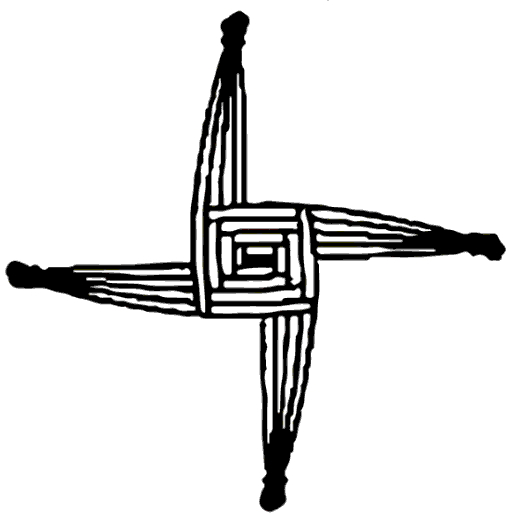
Brigid’s Cross is an ancient Celtic symbol first used in Ireland. Before Christianity ever came to the region, Pagans used a Solar Cross to honor the sun goddess Brigid. A triple-goddess representing the seasons and cycles of the universe, Brigid was said to usher in light, warmth, renewal, and growth. When Christians arrived, Brigid became St. Brigid and the Solar Cross was changed to St. Brigid’s Cross.
Those who worshipped Brigid would make their own versions of the cross using rushes, twigs, flowers, and other plant materials. Brigid was a protector of the home, so people hung the crosses outside of their houses to welcome her and receive her blessing. She was thought to bring fertility to fields and was especially honored during Imbolc, the Celtic springtime festival.
2. Three-Legged Raven (China)
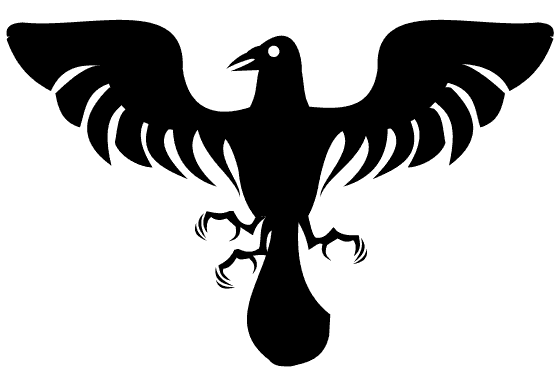
The raven is quite a popular symbol, especially when it has odd features like an extra eye or a set of human vocal cords. When it has three legs instead of the usual two, you can be certain it’s a Sanzuwu — an ancient Chinese raven that represents the sun. Korea and Japan also use the symbol, called Samjok-o and Yatagarasu in their respective cultures.
The three-legged raven is a bird that coaxes the sun out from behind the clouds on an overcast day. It is a bringer of light and warmth, seen as a good omen in all cultures. The three legs of this raven hold their own importance as well—one represents the sunrise, one high noon, and the last leg symbolizes the sunset at the end of the day.
3. Daisy Flower (Native American)
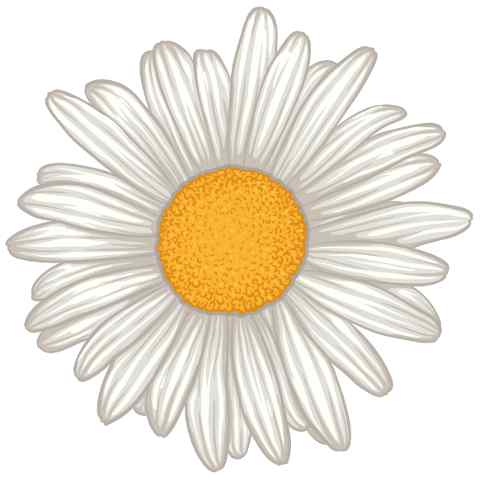
What does a daisy look like to you? The sun, of course! Native American cultures praised the daisy as a solar symbol, because its white petals emanating from a bright yellow center were nearly identical to the star we see every day. Celtic druids thought the same way, and used daisies in rituals during times when sun was needed for growth and harvest.
Daisies represented all things the sun could facilitate. New life, springtime growth, fresh beginnings, and the fostering of love and formation of relationships. Daisy flowers close their petals at night and open them up again in the morning when light arrives. In this way, they are a physical representation of the powerful sun and the change it brings.
4. Ankh (Egypt)
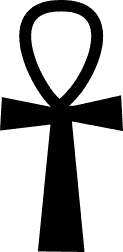
Known also as the “Key of Life”, the ankh needs no introduction — almost everyone has seen this symbol. With an oval shape suspended above a cross, the ankh resembles the crowning sun as it rises above the horizon at daybreak. On the other end of the spectrum, it could also look like the sinking star at sunset as evening falls.
As a sun symbol, the ankh is connective. It represents the cycle of the day and the transition between light and dark. It also acts as a bridge between the spiritual and physical realms. It is a powerful sign of Ra, the sun god and ruler of the celestial plane. Many believe the ankh represents a path from the world of the living to the world of the dead, another extension of its transitory powers.
5. Snowflake (Pagan)
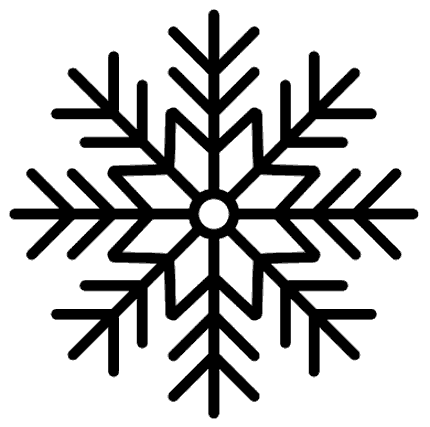
“Snowflake” has become a bit of a bad word in recent times, but that doesn’t take away from its intrinsic beauty or profound symbology. The unique nature of each snowflake is heavily emphasized, and yet they all share the same basic shape and structure — one which is remarkably similar to the sun.
Since the snowflake is strongly associated with winter, it is generally overlooked as a solar symbol. However, that couldn’t be further from the truth. Consisting of icicle rays extending from a single point, the freezing flake is a miniature solar icon. It is a perfect sacred geometry and represents many of the same concepts the sun does, like the cycles of time, the shifting seasons, and the transformative power of nature.
6. Chrysanthemum (Japan)
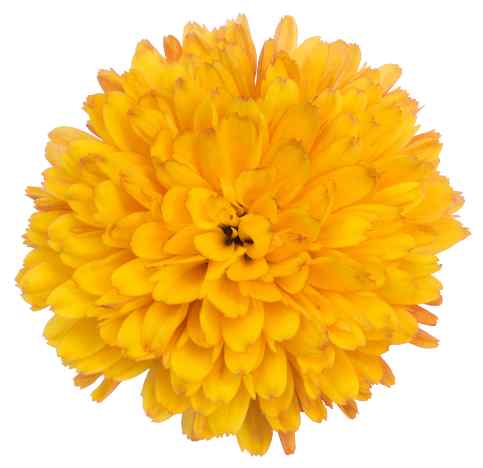
Translated from ancient Greek as “Gold Flower”, the chrysanthemum already shares a color with our star. Although appearance can vary wildly across different varieties of mums, yellow and orange flowers are thought of as a powerful solar symbol across Asia and especially in Japan. This flower is the official emblem of the royal family, and the emperor himself is said to sit on the “chrysanthemum throne”.
Ancient Japanese people believed that the royal family were descendants of the sun goddess Amaterasu Ōmikami. The chrysanthemum represented both this deity and the sun itself, acting as an earthly symbol of divine power and a reminder to be joyous, happy, and bright. September 9th is still celebrated as National Chrysanthemum Day in Japan, where flowers are put on display and much merriment is had.
7. Owia Kokroko (Africa)
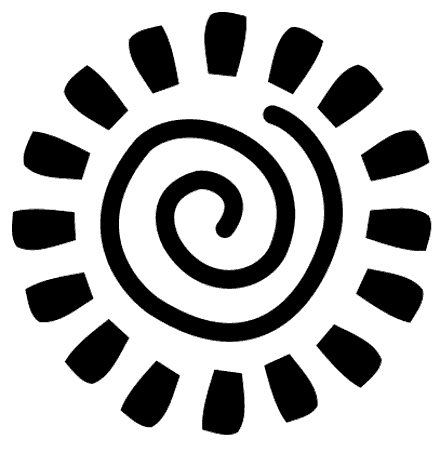
The Owia Kokroko is an Adinkra symbol used by the Ashanti people of Ghana and the Gyaman people of Cote d’Ivoire in West Africa. It consists of an inner spiral surrounded by a spiked wheel and represents the greatness of the sun and how important it is for life to flourish in light. As an Adinkra symbol, the Owia Kokroko is a motif for vitality and renewal.
The sun creates life, replenishes it, and helps it thrive. All aspects of our existence rely on the sun, so this symbol was quite a popular one. The outer cogs of the symbol can be compared to the constant power and ultimate certainty of the star, while the inner spiral may represent the ever-changing seasons and shifting nature of the life cycle.
8. Phoenix (Greece & Egypt)
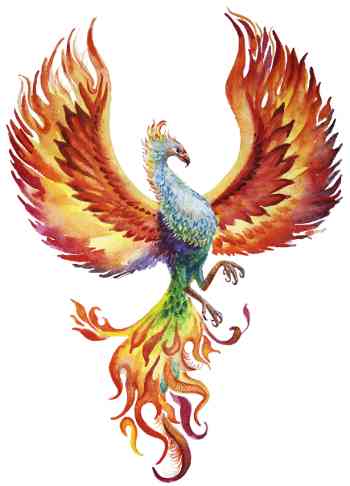
The Phoenix is a famous magical bird which is born of its own pile of ashes. It grows up, bursts into flame, burns, and dies. Its endless life cycle is the perfect metaphor for our own sun, which lives and dies every single day before rising again the next morning. Many cultures have their own version of a Phoenix, including ancient Greeks, Chinese, Egyptians, and Persians.
While its appearance and personality traits may vary across these nations, the Phoenix itself expresses common themes no matter the location. Repeating its cycle forever, the phoenix is a symbol of dedication and strength in the face of adversity. Its death and rebirth are symbolic of new beginnings, resurrection, and the healing power of letting go to start anew.
9. Wheat Ear
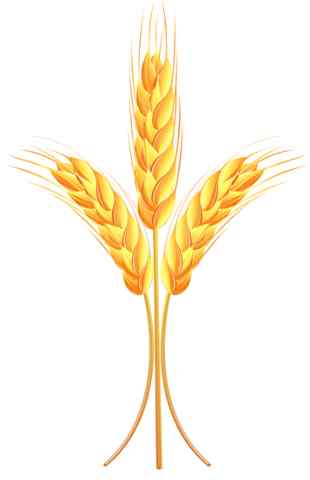
The ear of wheat is the ultimate symbol of life for many cultures around the world. As the crop symbolizes food and sustenance, it represents our most basic human needs being met. Used in ancient harvest festivals and magic rituals, the ear of wheat was a vital symbol nearly synonymous with light. The ear of wheat walks hand in hand with the sun, as it requires sunlight and seasonal change to flourish and feed us.
It represented the natural harmony of the cyclical process and the flexibility that behooves both plants and humans as they grow into their best selves. It is a symbol of the sun’s power of creation and the thriving life it sustains on our planet. The wheat ear also represents the connection between us, the earthly world, and the celestial bodies which govern our lives.
10. Saule Symbol (Latvia)
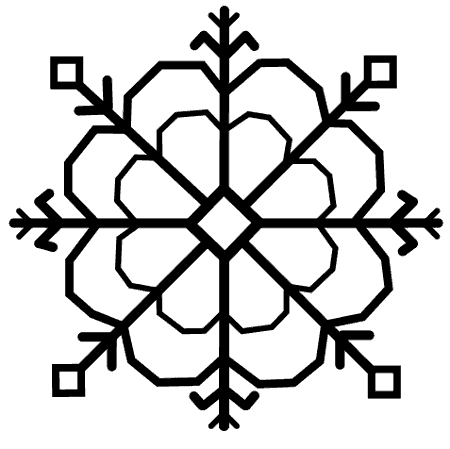
Saule is an ancient Baltic deity who originated in what is now Latvia. She was the goddess of the sun, and her symbol is both a representation of our star and of everything she held dominion over. The Saule symbol is a sign of health and vitality, protection from evil forces, and the triumph of light over darkness.
It also represents eternity, the life cycle, and the perfect balance of earth’s natural processes. Saule indicates the fertility of a field that has been sewn and soon shall yield vital crops. Her symbol is also a nurturing power which helps guide orphans, the sick, and the poor as they navigate life.
11. Tawa (Hopi)
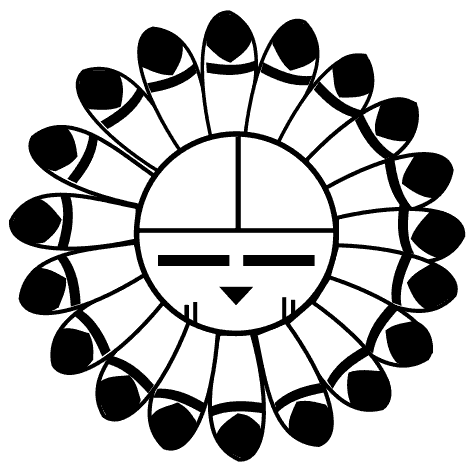
The Tawa is a beautifully artistic symbol originating from the Hopi tribe of North America. It is a personification of the sun and features rays emanating from inside a circle where a face is drawn. The Tawa symbol is named for Tawa himself, the sun god. He is the original “bringer of light” and created the known world out of nothingness.
Tawa forged and formed all other gods and people, who he nourishes through bountiful harvests and hunts. He bestows peace, protection, and health onto the Hopi tribe. Mothers will often raise their newborns skyward to show them off to Tawa, and no Hopi solstice festival is complete without dancing in a Tawa Kachina — a Tawa headdress.
12. Beaivi (Sami)
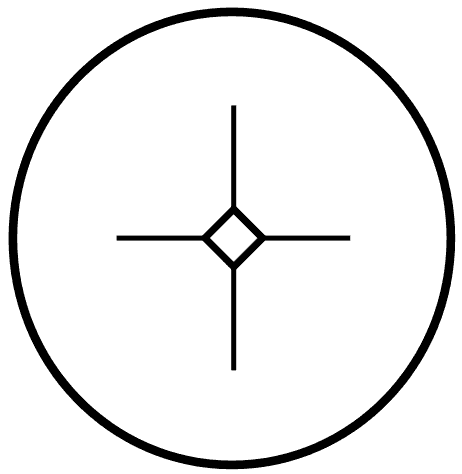
Before even the Vikings were established, the indigenous Sami people walked the Nordic shores and traversed the frigid mountains. The sun was especially revered here in winter, when cold temperatures shook even the strongest bones. During these difficult times, sun-goddess Beaivi brought warmth and comfort to the Sami people.
Beaivi is represented by her very own solar symbol, reminiscent of a cross inside a circle. Said to ride the skies in a chariot of reindeer antlers, she brought spring growth after the winter freeze. She dispelled sadness, depression, and psychosis which could be brought by the darkness of winter and bestowed fertility and new life to the Sami people. Her symbol is one of hope, renewal, and perseverence.
13. Triskelion (Celtic)
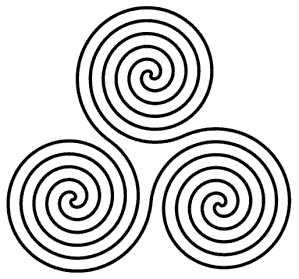
The triskelion is an antiquated Celtic symbol still popular today. With three legs originating from a single point, the triskelion is often depicted inside of a circle with each leg consisting of a separate spiral. In this way, it resembles the sun and represents many of the concepts ancient Celts associated with our star.
The round Triskelion symbolizes the seasonal cycles, the three stages of the life cycle, and the three celestial bodies of earth, moon and sky. Every concept mirrored in the triskelion is connected at the center, reminding is that each cycle relies on all its parts to move forward and flourish.
14. Borjgali (Georgia)
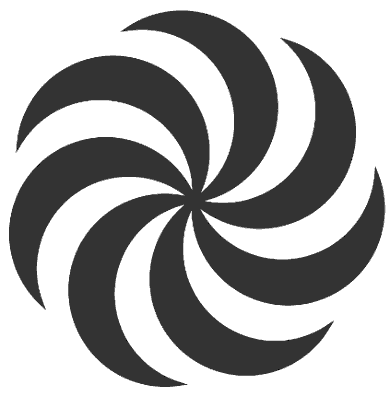
The Borjgali is an ancient symbol that originated in what is now Georgia. With seven rays rotating around a singular point, the Borjgali symbolizes the sun and the vital life-force we glean from it. It represents our power here on earth, the eternal nature of the cosmos, and the interconnectedness of each human with the universe.
Additionally, the Borjgali symbolizes all the processes the sun facilitates which help our world function. It was thought of as the ultimate wheel of time and represented the passage of days, seasons, years, and various life cycles. The Borjgali holds importance even now and is featured on modern-day Georgian passports.
15. Zia Sun (New Mexico)
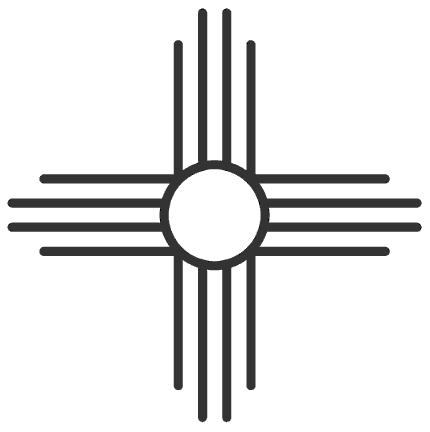
The Zia sun symbol is a simple yet elegant depiction of the sun used by the ancient Zia people of New Mexico. Usually colored red or orange like the sun, the symbol features a center point with four sets of four lines extending away from it. The center dot represents life itself. It is an everlasting circle, with no end or beginning.
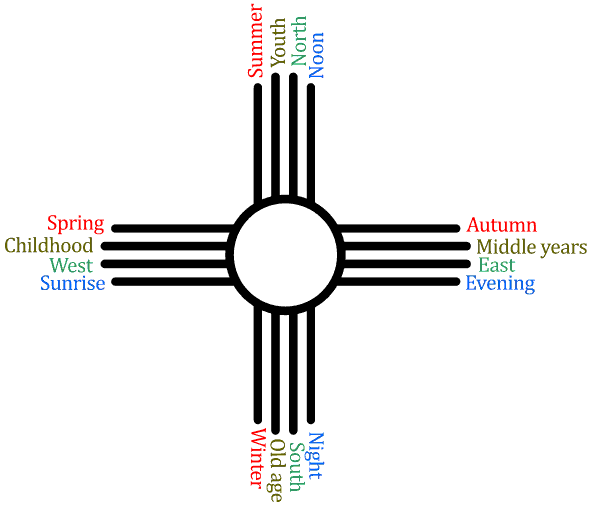
Each set of four lines represents a different stage in several sacred cycles. The four seasons, the cardinal directions, and the four parts of the day are all represented here. Additionally, The Zia moral code appears on the cross. This code requires people to fulfill four obligations—to develop a strong body, a strong mind, a strong spirit, and a strong desire to help others.
16. Hittite sun disk
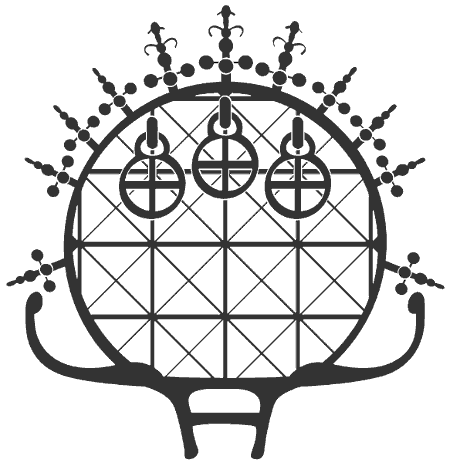
The Hittie sun disk is a 4000-year-old religious symbol belonging to the Hatties from the pre-hittie period. The symbol has a circular perimeter that represents the Sun. Along the perimeter, you find pointed horn-like protrusions that is thought to represent fertility and nature. The symbol also has two horn-like figures at the bottom whose meaning is unknown. Even today, this Sun Disk is considered one of the most powerful symbols in Anatolia and Turkish culture.
17. Daisy Wheel (hexafoil symbol or six-petal rosette)
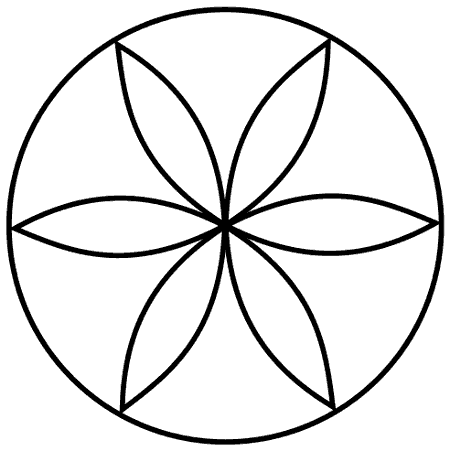
The six-petal rosette also known as the Daisy Wheel, Sun of the Alps, and Hexafoil is a flower-like symbol created by 7 overlapping circles. The symbol when expanded so that there are 19 interlocking rosettes forms what is known as the ‘Flower of Life’. Many historians consider the hexafoil as an ancient sun motif with the petals representing the rays of the sun.
The hexafoil has a long history of being used as a symbol of protection across various cultures to ward off evil and negativity, probably because of its association with the Sun. This symbol was drawn on ritual objects, doors, windows, walls, churches, roof beams, etc. for this purpose. The symbol was also associated with Celtic sun god Taranis who is portrayed carrying the hexafoil in one hand and a thunderbolt in the other.
18. Dharma chakra (Hinduism)
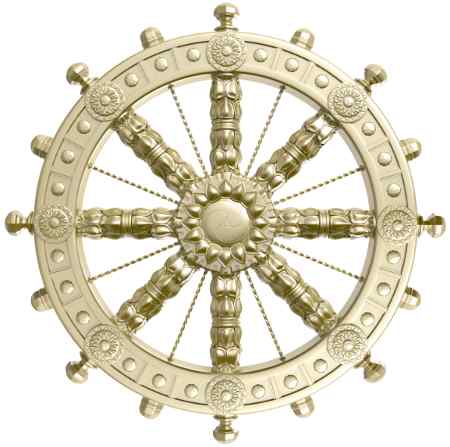
In Hinduism, chakra (spinning wheel or disc) symbols (like the dharma chakra) are generally associated with illumination, time, authority, wisdom, and the sun. This is because, just like a wheel, the sun continues to move on without a stop. As per the Vedas (sacred Hindu texts), sun god Surya rides a chariot made of a single wheel or chakra. Similarly, the Sun is also portrayed as an eye that illuminates the world, driving away darkness and ignorance. The iris and pupil of the eye can be seen to resemble a wheel.
Many ancient Hindu temples depict the dharma chakra, with one of the most prominent depictions found in the Konark Sun temple. This sun temple also has a Sun Dial which is a variation of the Dharma Chakra. This Sun dial has 8 major spokes and 8 minor spokes that can be used to accurately calculate time.
A variation of the Dharma chakra is the Ashoka chakra which has 24 spokes that represent the 24 hours of the day and is a symbol of time and the Sun.
19. Sudarshan chakra (Hinduism)
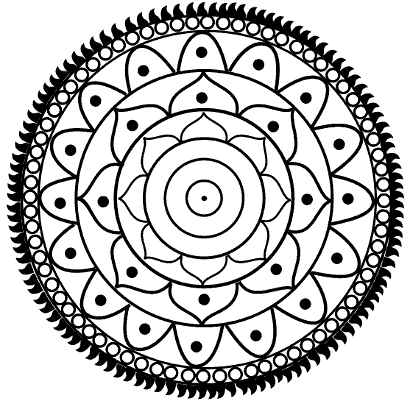
Just like the Dhakra Chakra, the Sudarshan Chakra (disc of auspicious vision) is another prominent sun symbol in Hinduism. This chakra is an illuminated spinning disc with 108 serrated edges and is used as a weapon by Lord Vishnu and Krishna to slay evil and bring justice to the world. It also dispels darkness and brings around illumination.
The Vishnu Purana (ancient Hindu text) discusses a story about the creation of the sudarshan chakra. As per the story, Suryadev (the Sun God) marries Samjna the daughter of Visvakarma (the divine architect). But because of the intense heat of the Sun, her marital life becomes miserable to the point that she requests her father to intervene. Visvakarma uses a grinding machine to diminish the heat of Suryadev and during the process, glowing red-hot pieces of the sun fall on earth. Visvakarma uses these pieces to make the Sudarshana Chakra, the Trishula, the Puspakavimana and the weapon called Sakti.
20. Pagan wheel of the year (Eight armed sun cross)
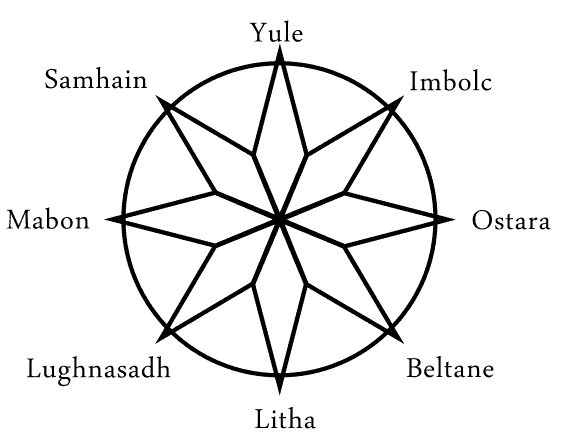
The wheel of the year is a pagan symbol that depicts the 8 important solar events that occur throughout the year. These events include Yule, Imbolc, Ostara, Beltane, Litha, Lughnasadh, Mabon, and Samhain. The symbol is also known as the eight-armed sun cross or eight-lobed rosette.
21. Akhet (Egyptian)
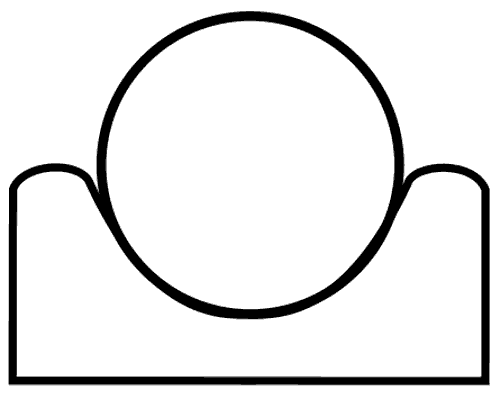
Akhet translated as ‘dawn’ or ‘the horizon’ is an ancient Egyptian hieroglyph that symbolizes the sun rising over the mountains. The mountain depicted in the symbol is that of djew or the sacred mountain, also known as the ‘mountain of light’. The mountain is also thought to represent the gates of the Egyptian solar temple.
This symbol is associated with Aker who is the Egyptian god of earth and the horizon. It symbolizes rebirth, recreation, and immortality.
22. Star of Shamash symbol (Mesopotamian)
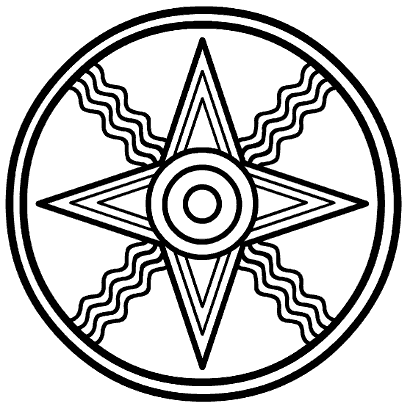
The Star of Shamash (seal of Shamash) is an ancient sun symbol associated with the Mesopotamian sun god Shamash (also known as Utu).
The symbol consists of a circle at the center from which emanates four triangular rays and four wavy rays. This symbol is said to represent the four major and minor solar events that occur throughout the year. This includes the 2 solstices (summer and winter) and 2 equinoxes (spring and autumn) represented by the triangular rays and the half way points between the major solar events represented by the wavy rays.
This symbol appears in the ‘tablet of Shamash’ which is a stone slab discovered in the ancient Babylonian city of Sippar.
23. Aztec sun stone symbol (Central Mexico)
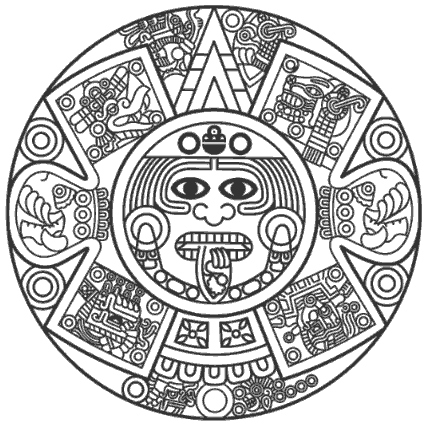
The Aztec Sun Stone (or Piedra del Sol) is a carved solar disc that represents the five worlds (or eras/ages) of the sun as per Aztec mythology. The circle at the center of the symbol represents the main Aztec deity. The four squares surrounding this circle represent the four previous suns or eras. Each era is said to have ended because of a natural disaster. The symbol also has four concentric rings that represent various concepts related to the life cycle of the universe.
24. Egyptian winged sun (Egyptian)

Egyptian winged sun is a winged solar disc that represents Behedti – Egyptian god of the midday sun. Behedti is also connected to the sun god Ra and Horus.The symbol depicts a falcon spreading its wings and symbolizes power, protection, divinity, and immortality.
25. Sun cross (Celtic)
Throughout history sun crosses have been used by various cultures to represent the sun. Some of the most popular sun crosses include the Celtic sun cross (also known as the sun wheel), Swastika, Caddo sun cross, broken sun cross, Ashur sun cross and the Basque cross (lauburu).
26. Kongo cosmogram (African)
Kongo cosmogram is an ancient African symbol that depicts the life cycle of a human based on the movement of the sun. Human life is divided into four phases based on the sun’s moment which include the rising sun indicating birth, midday sun representing youth, sunset representing old age, and midnight representing living in the spirit world and subsequent resurrection to repeat the cycle.
Another symbol similar to the Kongo cosmogram is the Native American medicine wheel also known as the ‘Sacred Hoop’, which is also based on the movement of the sun.
Conclusion
The sun is an ever-present companion. Rising faithfully each day, we can think of it as a loyal friend on our life’s journey. As such a reliable force, the sun and its various symbols hold amazing power. They represent the bounty and harmony of nature, helping us stay balanced, light, joyful, and grounded. Next time you want a bit of solar energy in your life, try bringing one of these symbols into your home.


